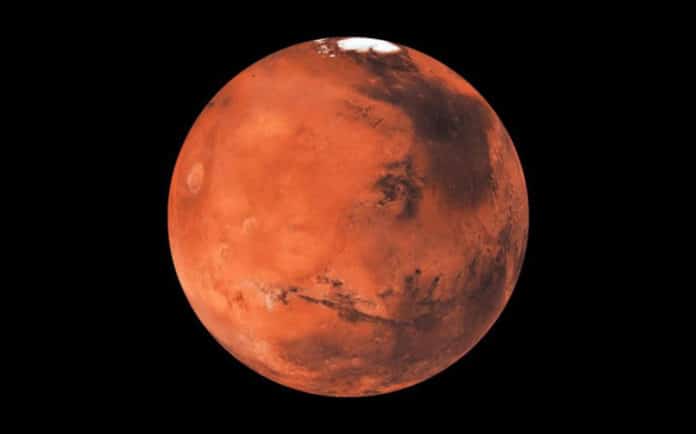Planet Mars, explained
The rusty world is full of mysteries—and some of the solar system's most extreme geology. Learn more about Earth's smaller, colder neighbor.
The red
planet Mars, named for the Roman god of war, has long been an omen in the night
sky. And in its own way, the planet’s rusty red surface tells a story of
destruction. Billions of years ago, the fourth planet from the sun could have
been mistaken for Earth’s smaller twin, with liquid water on its surface—and
maybe even life.
Now, the
world is a cold, barren desert with few signs of liquid water. But after
decades of study using orbiters, landers, and rovers, scientists have revealed
Mars as a dynamic, windblown landscape that could—just maybe—harbor microbial
life beneath its rusty surface even today.
Longer year
and shifting seasons
With a
radius of 2,106 miles, Mars is the seventh largest planet in our solar system
and about half the diameter of Earth. Its surface gravity is 37.5 percent of
Earth’s.
Recent NASA
exploratory expeditions revealed some of the red planet's biggest mysteries.
This video explains what makes it so different from Earth and what would happen
if humans lived there.
Mars rotates
on its axis every 24.6 Earth hours, defining the length of a Martian day, which
is called a sol (short for “solar day”). Mars’s axis of rotation is tilted 25.2
degrees relative to the plane of the planet’s orbit around the sun, which helps
give Mars seasons similar to those on Earth. Whichever hemisphere is tilted
closer to the sun experiences spring and summer, while the hemisphere tilted
away gets fall and winter. At two specific moments each year—called the
equinoxes—both hemispheres receive equal illumination.
But for
several reasons, seasons on Mars are different from those on Earth. For one,
Mars is on average about 50 percent farther from the sun than Earth is, with an
average orbital distance of 142 million miles. This means that it takes Mars
longer to complete a single orbit, stretching out its year and the lengths of
its seasons. On Mars, a year lasts 669.6 sols, or 687 Earth days, and an
individual season can last up to 194 sols, or just over 199 Earth days.
The angle of
Mars’s axis of rotation also changes much more often than Earth's, which has
led to swings in the Martian climate on timescales of thousands to millions of
years. In addition, Mars’s orbit is less circular than Earth’s, which means
that its orbital velocity varies more over the course of a Martian year. This
annual variation affects the timing of the red planet’s solstices and
equinoxes. On Mars, the northern hemisphere’s spring and summer are longer than
the fall and winter.
There’s
another complicating factor: Mars has a far thinner atmosphere than Earth,
which dramatically lessens how much heat the planet can trap near its surface.
Surface temperatures on Mars can reach as high as 70 degrees Fahrenheit and as
low as -225 degrees Fahrenheit, but on average, its surface is -81 degrees
Fahrenheit, a full 138 degrees colder than Earth’s average temperature.
Windy and
watery, once
The primary
driver of modern Martian geology is its atmosphere, which is mostly made of
carbon dioxide, nitrogen, and argon. By Earth standards, the air is
preposterously thin; air pressure atop Mount Everest is about 50 times higher
than it is at the Martian surface. Despite the thin air, Martian breezes can
gust up to 60 miles an hour, kicking up dust that fuels huge dust storms and
massive fields of alien sand dunes.
Once upon a
time, though, wind and water flowed across the red planet. Robotic rovers have
found clear evidence that billions of years ago, lakes and rivers of liquid
water coursed across the red planet’s surface. This means that at some point in
the distant past, Mars’s atmosphere was sufficiently dense and retained enough
heat for water to remain liquid on the red planet’s surface. Not so today:
Though water ice abounds under the Martian surface and in its polar ice caps,
there are no large bodies of liquid water on the surface there today.
Source: National Geographic.com




















